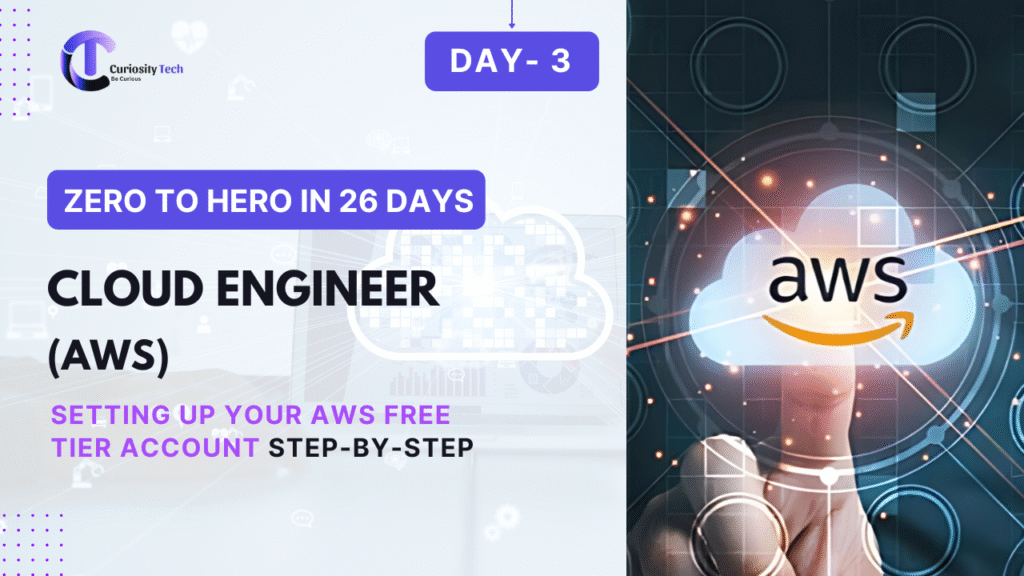Day 9 – Monitoring & Observability in Multi-Cloud Environments
Introduction Enterprises today are not limited to just one cloud. Applications often run across AWS, Azure, and GCP at the same time. For example, a customer-facing app might run on AWS, internal data pipelines on Azure, and analytics workloads on GCP. While this setup offers flexibility and resilience, it brings one of the hardest challenges: […]
Day 9 – Monitoring & Observability in Multi-Cloud Environments Read More »






